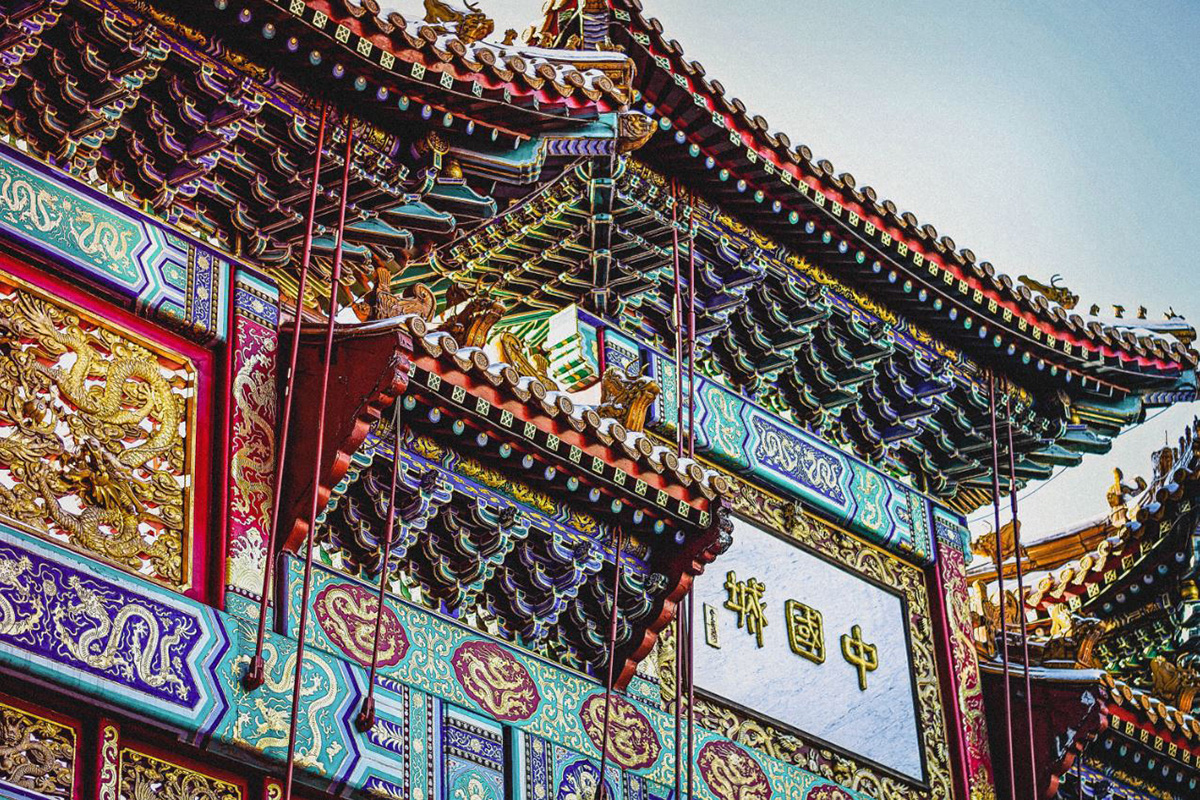Folklife Friday is a weekly digest of arts and culture articles, podcasts, and videos from across the web. Read on for a selection of the week’s best cultural heritage pieces, and don’t forget to check back next Friday for a new set of weekly picks.
Chinatowns across the Country Face Off with Gentrification
In the new photography exhibition Eat Chinatown, the Chinese Culture Center and the Chinatown Community Development Center showcase the rich and complex stories of San Francisco’s Chinatown eateries. Among the concerns of residents is the extent to which gentrification is sidelining culture and what role the arts can play in sustaining traditions. “If we can get the new residents of Chinatown engaged in this community as residents and as members of this community,” said Giles Li, executive director of Boston Chinatown Neighborhood Center, “maybe that will mitigate the negative impact of gentrification.”
The McIntosh County Shouters
“It is a way of expressing ourselves and of celebrating life,” said Freddie Palmer, a member of the McIntosh County Shouters, about the musical group’s signature ring shout. The Shouters, who performed at Freedom Sounds last year and released Spirituals & Shout Songs From the Georgia Coast on Smithsonian Folkways in January, are collectively keeping alive the traditions of the Georgia Sea Islands or, as folklorist Alan Lomax considered it, “the home of the American song.”
Stories in Motion: Making History Talk
For Rex Ellis, associate director for curatorial affairs at the National Museum of African American History and Culture, the story of slavery is best understood from an individual perspective. “I wanted people to see slavery as a sort of three-dimensional environment that involved people who were caught up in the institution rather than seeing an institution that was impersonal and not connected to humanity,” he says, reflecting on his work at the new museum. It’s this evocative storytelling, as Ellis explains, that “helps us understand who we are, and also who we need to be.”
The Kingdom of Women: The Society Where a Man Is Never the Boss
In the Mosuo community of southwestern China, “children ‘belong’ only to their mothers,” as Choo Waihong explains in this article. Waihong, a corporate lawyer from Singapore, was drawn to the Yunnan-based community where “marriage is an inconceivable concept, and a child is ‘fatherless’ simply because their society pays no heed to fatherhood.” Waihong examines these and other ideas, many of which are giving way to “western” notions of marriage and family life among the community’s younger generations.
Escaping Is Not a Form of Understanding
In a review of “The Hawaii Cure,” a New York Times Magazine feature published earlier this year, reporter Adrienne LaFrance questions the foundational assumptions of popular travel writing. As LaFrance reasons, even an idyllic encapsulation of a community can be fraught with antiquated notions, such as the Polynesian stereotypes and caricatures in “The Hawaii Cure.” It’s just this singular perspective that we sought to challenge with our 1989 Smithsonian Folklife Festival program on Hawaiian culture. In a sobering sentiment, LeFrance cautions, “Focus on your own sense of self in a place where questions of belonging are at the heart of local politics and culture…and you risk misunderstanding the place entirely.”
Special thanks to editor Elisa Hough and to Michael Mason for their contributions to this week’s digest.
Photo by Matt Popovich


